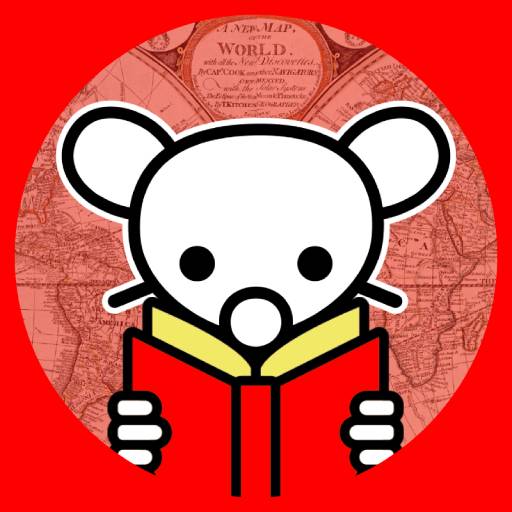

CAD software is made for situations like this.
Say you design a bench like they show in their example, that bench has defined dimensions length, height, depth as an example.
Then other dimensions would be considered constants, say for instance the size and spacing of the boards (slates) that are used for the seat of the bench.
These dimensions and their relationships are saved in the CAD design file.
So say for instance later on we want to make another bench with the depth of the bench increased and we want to keep the spacing of the boards consistent and assume we are going to keep the boards the same size. Well we will need to increase the number of boards that are needed for the seat.
But since we set that information up in the original design we can just change the depth dimension and the design will automatically update along with all of the linked components and design files.
Hopefully this makes sense. I will try and answer questions if it’s not clear.











It sounds like it’s kind of a combination different synthesis.
“What makes Alchemy so distinctive and powerful, is that it combines additive, granular and spectral synthesis into one neat package that yields a tonal range unlike most methods of synthesis.”